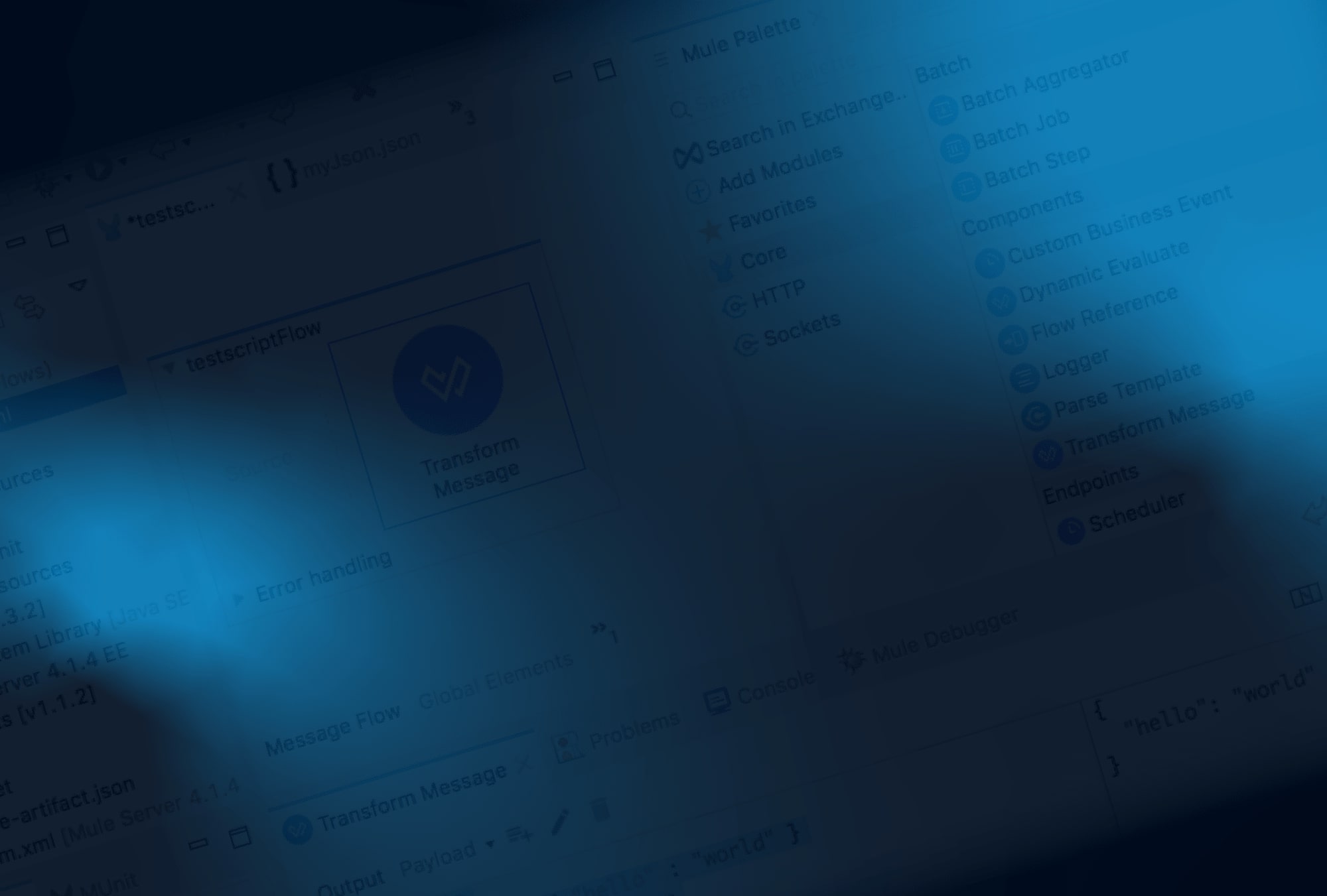- Services
- Solutions
- Technologies
- Resources
- About
-
- +44 (0)203 743 8014
×

)
)
Learn to lead Anypoint Platform™ implementations to ensure the quality and operationalisation of solutions, and gain skills to become a MuleSoft Certified Integration Architect. This course teaches experienced solution and technical architects how to design integration solutions that meet functional and non-functional requirements using Anypoint Platform.
It builds on prior experience developing and deploying Mule applications and gives concrete guidance on how to design integration solutions for the Mule runtime (both Mule 4 and Mule 3) in the various deployment options supported by the Anypoint Platform. The course is case-study driven, with the solution architecture and effect on the organization's overall architecture being documented as the course progresses.
5 days in-person
5 days online
Advanced
At the end of this course, students should be able to:
Experience developing and deploying Mule applications as demonstrated by one of the following:
Other development and architecture knowledge and experience include:
You'll learn from some of the best trainers in the industry. The training will be tailored to your needs and budget. We can arrange training for your employees (groups for up to 12 people) whenever it suits you. We'll even adapt the standard courses according to your requirement.
Not the course you were looking for? We have a range of courses to suit everyone.
Looking for advanced-level training for your senior developers? Book an enquiry and give your most experienced staff training from industry-leading experts.
We are passionate and share the joy of igniting ideas to fuel business visions. We are confident and are not afraid to boldly go where we’ve never been. We are also very friendly and approachable people who love to solve problems. Give our curious intelligent learners a challenge and we will make it work.
[fa icon="phone"]+44 (0)203 743 8014
[fa icon="phone"]+44 (0)203 875 5669 (Support)
[fa icon="envelope"]info@infomentum.co.uk
[fa icon="map-marker"]4th Floor
68 King William Street
London, EC4N 7HR, UK